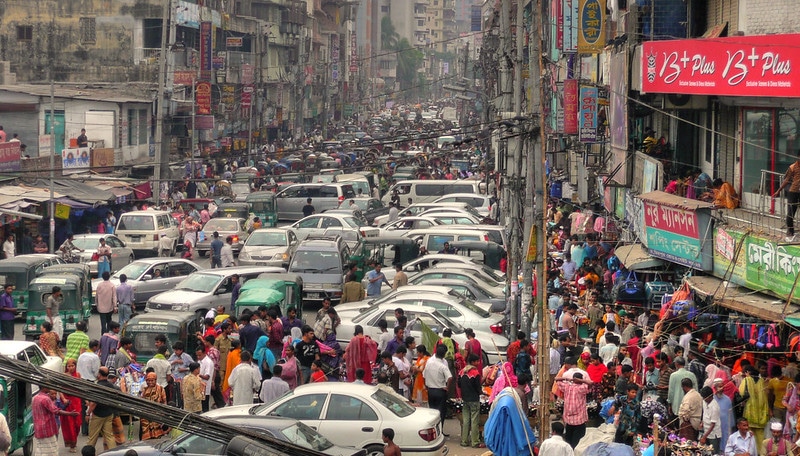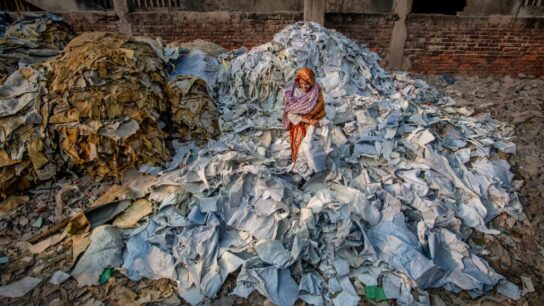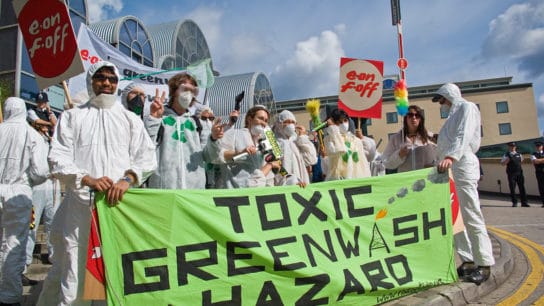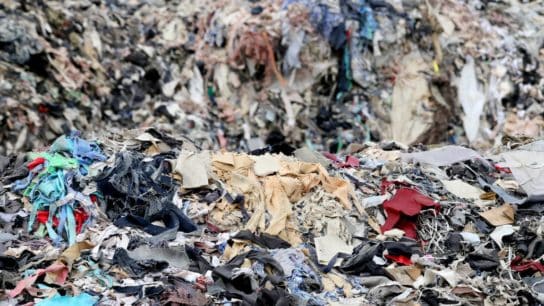A landfill in Bangladesh is leaking huge quantities of methane into the atmosphere, contributing to the world’s mystery methane hotspot, according to the emissions-tracking company GHGSat Inc.
—
What is Happening?
- On April 17, the company’s Huge satellite picked up a methane release originating from the Matuail Sanitary Landfill. It is estimated that there was about 4 000kg of methane being emitted an hour, the equivalent of running 190 000 traditional cars. While the reason is unknown, the country’s environment ministry said that it’s investigating the incident and has formed a technical committee to assess the extent of the problem.
GHGSat President Stephane Germain says, “We have for the first time been able to attribute emissions in Bangladesh to a specific source. This is a large source but is still not sufficient to explain the large, sustained and diffuse emissions detected over the city. The situation remains a mystery and we will continue to monitor the area.”
- Bangladesh has been a hotspot this year for methane emissions. The Matuail waste site is one of several sources that are probably producing methane plumes over Bangladesh this year. According to analytics company Kayrros SAS, the 12 highest methane-emission rates detected this year in satellite data occurred over Bangladesh.
In an email to Bloomberg, the technical committee said, “The committee is assigned to assess methane emission from Matuail sanitary landfill site and also to suggest mitigation measures.” Its report is due in a month.
You might also like: Illegal Coal Mine Tunnels Threaten a Village in Sumatra
- The landfill site spreads over 181 acres and accepts about 2 500 tons of waste a day. While the site has received funding from the Japan International Cooperation Agency to help manage liquid waste and greenhouse gases, the landfill doesn’t have data on how much methane gas it generates.
- Sources of methane include domesticated livestock, rice cultivation, leaks from the oil and gas industry and landfills.
- Bangladesh has noticed its methane emissions, and according to a 2018 short-lived climate pollutants-reduction plan, measures to curb methane emissions would cut them by up to 17-24% by 2030 and up to 25-36% by 2040, according to the statement from the environment ministry.
- Bangladesh, which chairs the Climate Vulnerable Forum, whose 48 members represent 1.2 billion people most threatened by climate change, is vulnerable to extreme weather events and rising oceans due to its low elevation and high population density.
Featured image by: Flickr

















